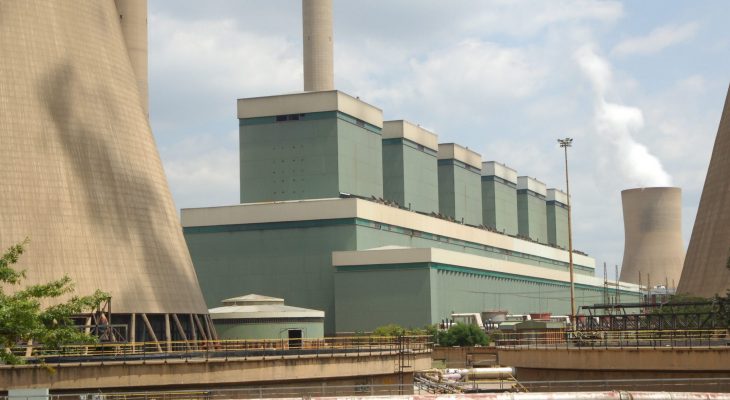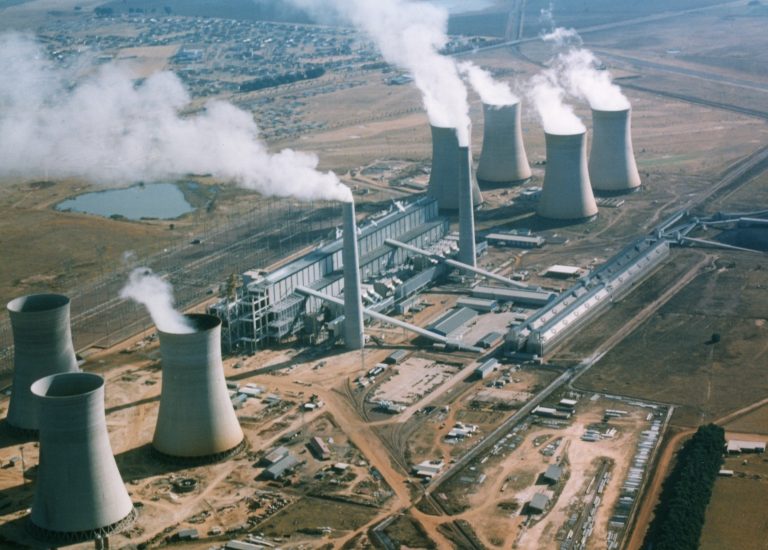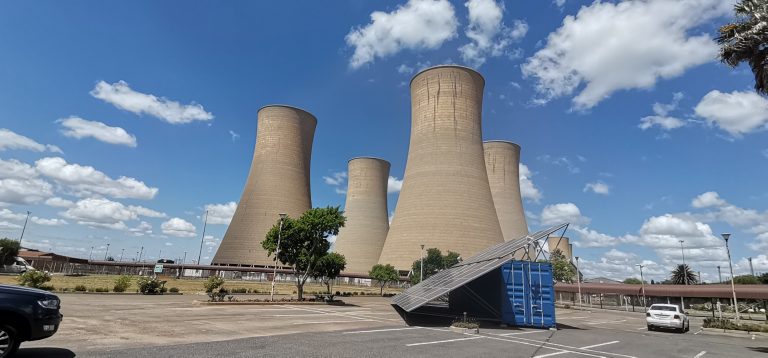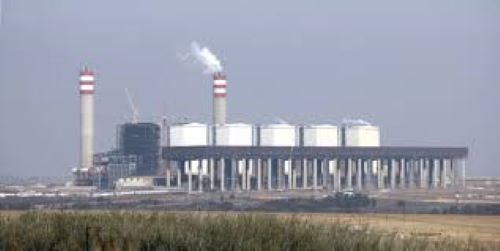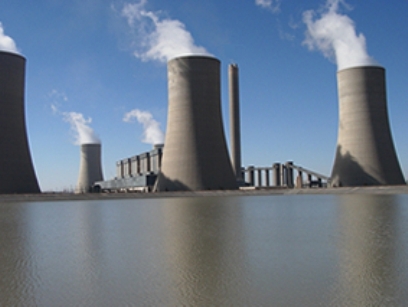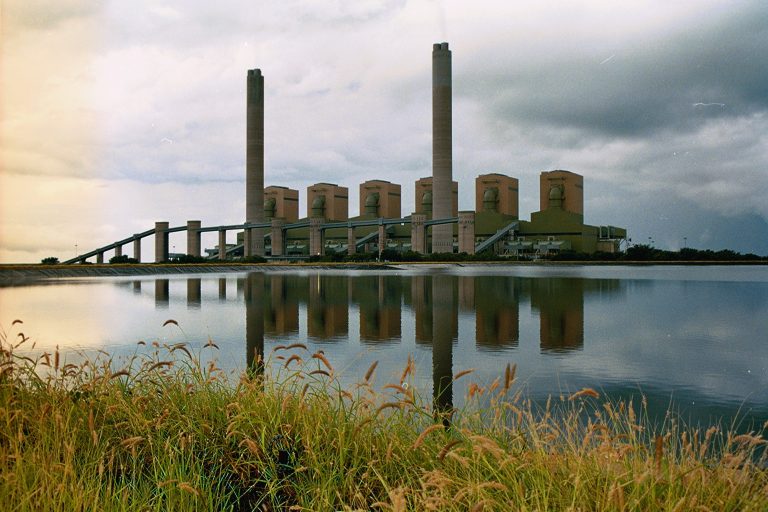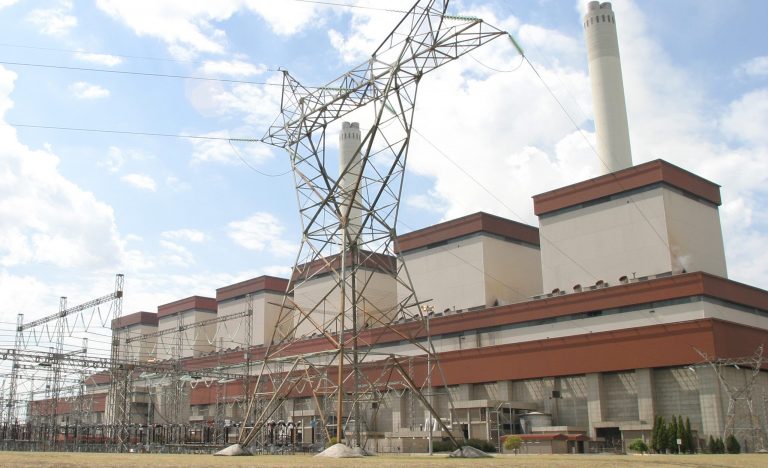Coal fired power stations
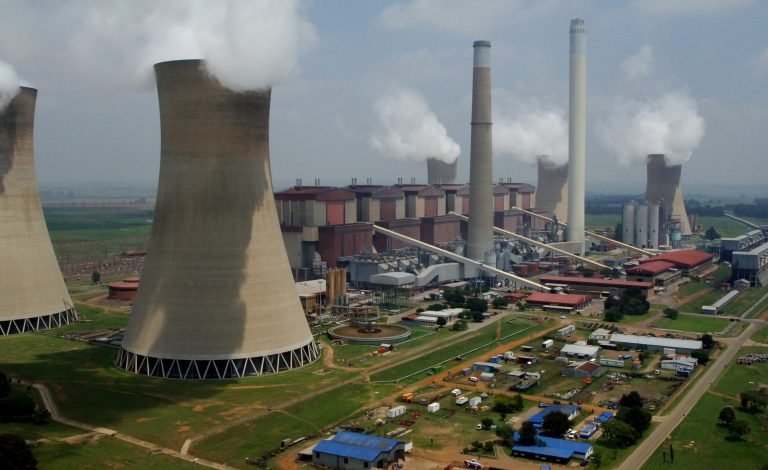
At the heart of an electricity utility such as Eskom is the responsibility for supplying the electricity on which modern society depends.
Eskom’s power stations operate 365 days a year
Arnot power station
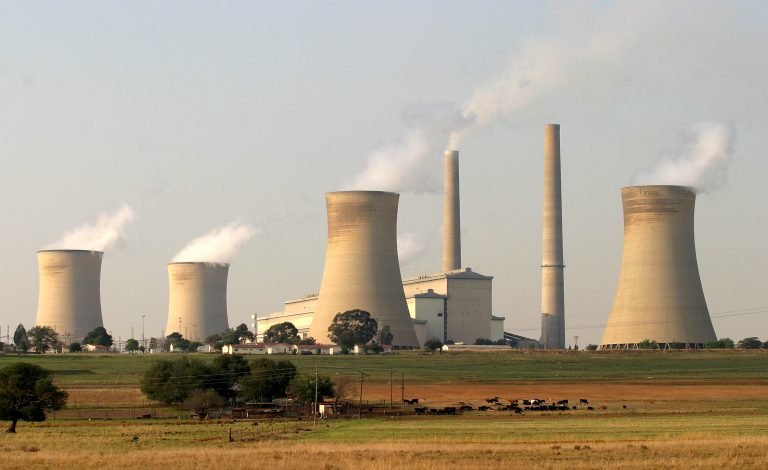
Camden power station
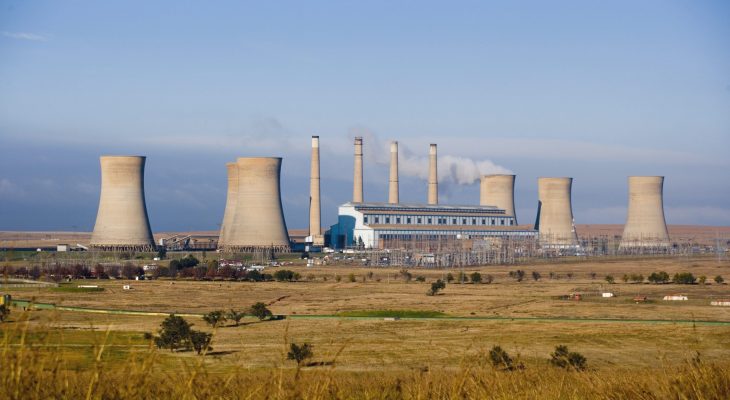
Grootvlei power station
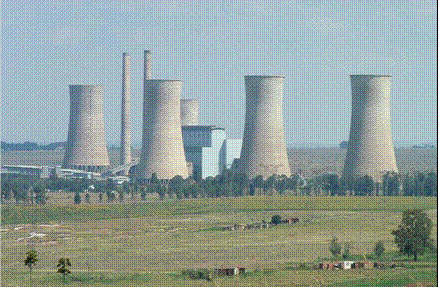
Kendal power station
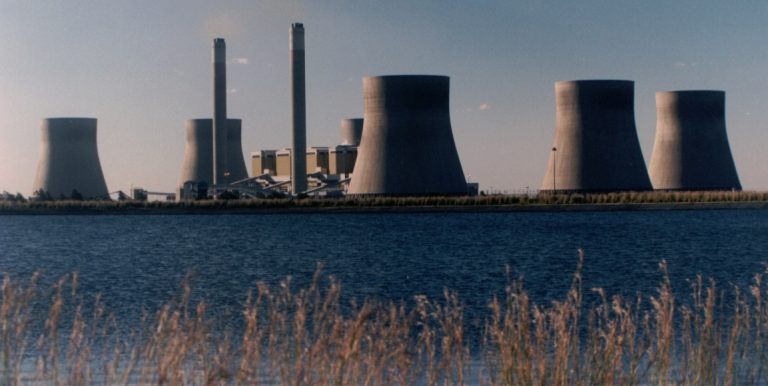
Kriel power station
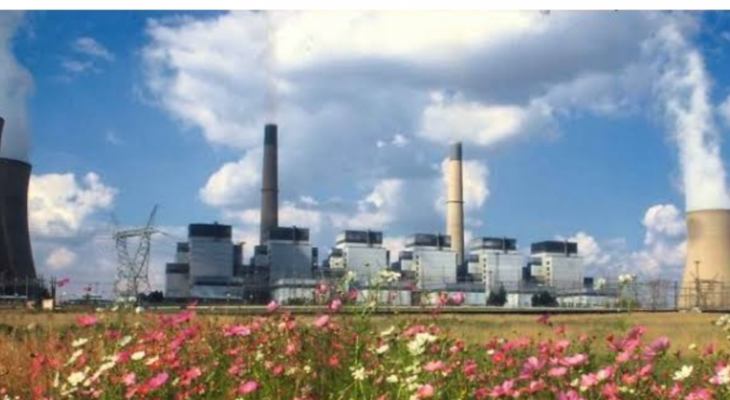
Kusile power station
The Kusile power station project, which is located near the existing Kendal power station, in the Nkangala district of Mpumalanga, will comprise six units, each rated at an 800 MW installed capacity for a total capacity of 4 800 MW. Once completed, Kusile will be the fourth-largest coal-fired power station in the world.
The Kusile project will include a power station precinct, power station buildings, administrative buildings (control buildings and buildings for medical and security purposes), roads and a high-voltage yard.
Lethabo power station
General:
Construction of Lethabo started in 1980. Extensive environmental studies were conducted in accordance with Eskom’s Environmental policy.
It was established that the rehabilitation programmes implemented as part of Eskom’s normal operations would contribute considerably to the restoration and revaluation of the whole area.
Interesting facts:
- Lethabo Power Station is termed a ZLED-station (Zero-Liquid-Effluent-Discharge). This means that the whole station is a closed system and no water from our processes are allowed to leave the power station premises. An extensive water recycling and cleaning desalination is in place
- Lethabo is unique: it burns coal with a calorific value of 15 – 16 million Joules per kilogram and an ash content of 42%. The only power station in the world running on such low-grade coal. The station plays a vital role in ensuring reliable supply of electricity into the national power grid.
Lethabo Visitors Centre
Guided tours are conducted from the Visitors Centre during weekdays. Presentations can also be given off-site. Booking in advance is essential.
Contact:
Communication and Stakeholder
Tel. 016 4575650/ 5037
Majuba power station
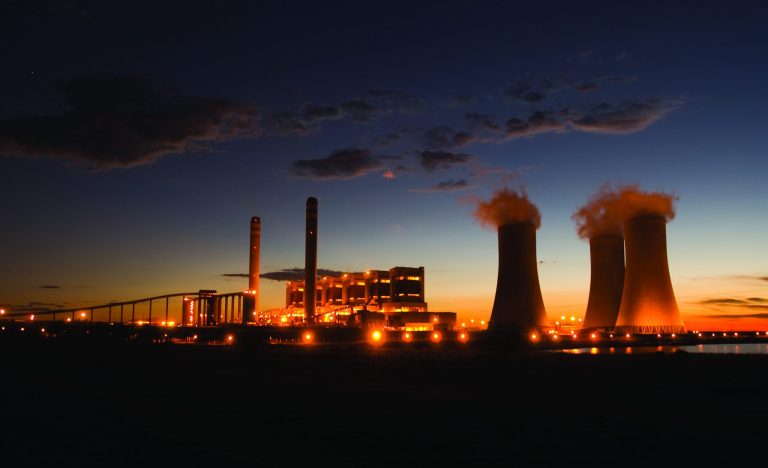
Matla power station
Technical detail:
- Six 600MW units
- Installed capacity: 3 600MW
- 2001 capacity: 3 450MW
- Design efficiency at rated turbine MCR (%): 37.60%
- Ramp rate: 25.00% per hour
- Average availability over last 3 years: 93.84%
- Average production over last 3 years: 25 199GWh
Contact details:
Tel: (017) 612-9111
Where is Matla:
Approximately 30km from Secunda in Mpumalanga

Medupi power station
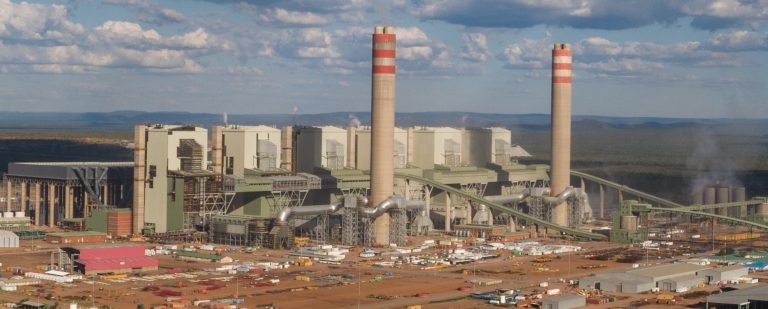
Tutuka power station
History:
The construction of Tutuka began in October 1980. The first unit was commissioned in March 1985 and the power station was fully commercial by June 1991. Tutuka was completed on 3 June 1996. The station as the first power station to feed energy into Eskom’s 765 kV extra high voltage system and is an important link with the Western Cape and KwaZulu-Natal.
General:
As part of Eskom’s emission reduction plan and for compliance purposes, Tutuka will install appropriate technology in each of its six units to meet the new plant standard levels for PM and NOx emissions. The installation of the technology will be done in phases (i.e. per unit), which will bring the station into full compliance with the new plant standards from 2024 for PM and 2025 for NOx. According to the current Generation 2035 plan, Tutuka is scheduled for closure by 2030, with all six units being decommissioned in 2030.
Technical details:
- Six 609MW units with 585MW sent out
- Installed capacity: 3 654MW
- 2001 capacity: 3 510MW
- Design efficiency at rated turbine MCR (%): 38.00%
- Ramp rate: 33.33% per hour (15 MW per minute)
Interesting facts:
The local township of Thuthukani benefits from an historical anomaly. Thuthukani was initially formed as a home to Tutuka workers. The Thuthukani community has grown over the years and now includes inhabitants other than Eskom workers. Tutuka currently subsidises the provision of water and electricity to this township, playing an important role in service provision to this community.
Tutuka Power Station Statement of Purpose
To be a high performing, stable and sustainable Business Unit that promotes a culture of disciplined execution whilst safeguarding our assets and people.
Contact details:
Communication and Stakeholder
Tel: (+27) 749 5701
Where is Tutuka:
Tutuka is one of 15 coal-fired Eskom power stations in South Africa, located approximately 26km outside the Standerton CBD, within the Lekwa municipal jurisdiction, between the R38 and R39 roads.

